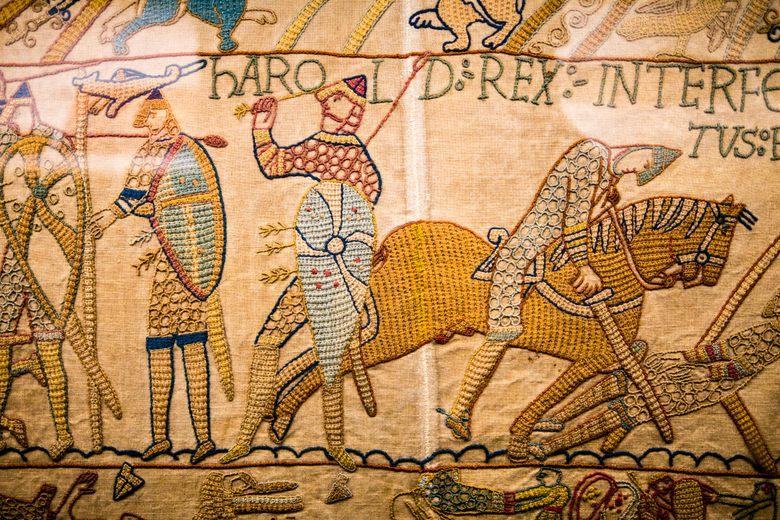
This tour is about Normandy's most famous Duke, William the Bastard, who became the Conquerant.
Falaise Castle : William's birthplace, built by the first Dukes of Normandy, it was enlarged after the conquest of England in 1066. In the 12th century, William’s descendants built two squarekeeps using the foundations of the original castle.
These buildings show the Dukes of Normandy at the height of their powers. They are most sophisticated of the Royal Dukes’ palace/keeps and best preserved of their fortresses in France..
Château de Caen : The castle was constructed on a hillock and is now in the middle of the city. With an area of 5.5 hectares, it is one of the largest castles in Western Europe. It remained an essential feature of Norman strategy and policy. The castle was built c. 1060 by William the Conqueror. His son Henry I then built the Saint George's church, a keep (1123) and a large hall for the ducal Court.
Lady's Abbey : Founded around 1060 by Mathilda, wife of William the Conqueror, this abbey for Benedictine nuns enjoyed great renown from the 11th century to the French Revolution. Mathilda is buried in the Abbey Church.
Men's Abbey : Founded in 1063 by William the Conqueror, the Benedictine abbey of Saint Etienne (Saint Stephen) in Caen was consecrated in 1077. William the Conqueror is laid to rest in the abbey church.
Bayeux Tapestry : The Bayeux Tapestry tells the epic story, in wool thread embroidered on linen cloth, of William, Duke of Normandy who became King of England in 1066 after the Battle of Hastings.
In your best interest, the order of the sites may vary. The sites remain the same.